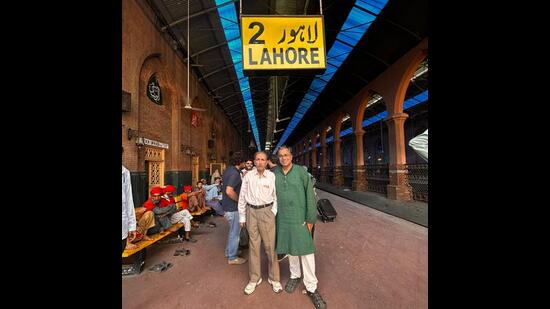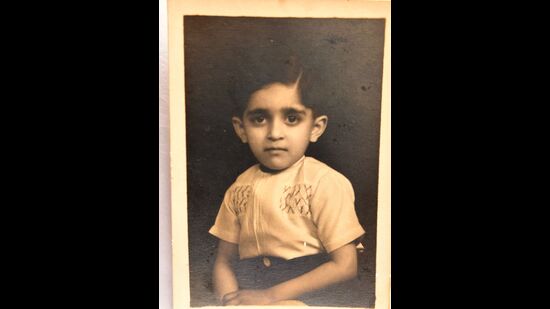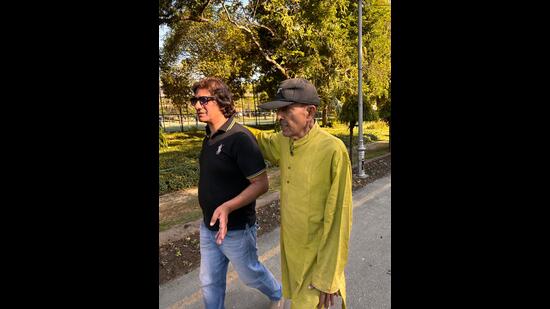Memory fights forgetting when old schoolboy revisits Lahore
A story with a difference with Ajit Sarkar, 89, of Bengali origin revisiting Lahore, as his grandfather chose to move to the liberal city in mid-1870s
The lure of Lahore is much known and celebrated as the saying, one who has not seen Lahore is unborn, has become a cliche of sorts, yet the charisma of the city lives on. One talks here not of the mythical Lahore believed to have been established by Lav, the son of Sita-Ram, but the historic Lahore with its merry mix of different cultures and dynasties. It proudly displays its splendid architecture of the Mughal era, the Sikh kingdom and then the British rule when it earned the nomenclature of ‘The Paris of the East’. And now as the second largest city of Pakistan, it is a delight for visitors from the world over.

Needless to say that at least two generations of people, who were uprooted from Lahore with the Partition of India in 1947, have yearned for this magical city and never tired from recalling the streets of Lahore, its nooks and crannies. Not just that they became sleepwalkers of sorts as described by one of the finest chroniclers of Partition, the famous Urdu writer, Joginder Paul. His portrayal of the people of Lucknow imagining themselves back where they belonged even when they were migrants lost in Karachi. Such are the wages of artificial borders that have been the lot of the people of India and Pakistan with relations of the two countries strained more often than not.

The Hindu boy of Nisbat Road
And now we come to the story of Ajit Sarkar, a student of DAV School, Lahore, who had gone for summer holidays to Dharampur hill station in July 1947, with his parents and could never return to his home on Nisbat Road or join his friends in the 8th standard. His uncle and two young cousins were killed in the riots. In spite of the trauma the family went through and rebuilding life in Delhi, achieving success in senior management jobs, he could never forget his home, school and pet dog, Tiny, who was left behind.
Three generations of the Sarkar family had lived in Lahore and how and why his grandfather left the French Colony of Chandranagore on the right bank of the Hooghly river is a story within story of pride and prejudice.
Amit Sarkar, the US-based son of Ajit, who facilitated his father’s visit to Lahore, says: “My great great grandfather, Madhusudan Sarkar had migrated to Lahore from the former French colony of Chandernagore in the late 1870s. After he joined the Brahmo Samaj and got his young widowed sister remarried, he was made to leave so he migrated to Punjab to start a new life. My father never asked me to do so (organise the visit), but I knew he so wanted to revisit his happy childhood there.”

Inspiring role of Baalwala
The catalyst who made this visit possible was our dear Zeeshan Husain of the Baalwala Channel. He takes us on delightful walks through Lahore, celebrating its once composite culture. Also executive producer of Geo News, he has written and produced many documentaries and popular flagship shows. While officials pondered over a visa for the old gentleman who wished to see his school after 77 years, the Baalwala invite did the trick. It emerged that the officials were admirers of his videos. The host says, “I was so touched to see that he had carried along his school identity card for Class 8 which remained his cherished keepsake.”
As for the 89-year-old, who once played on the streets of Lahore and speaks fluent Punjabi, the message is: “The people-to-people contact is a must for peace and prosperity of the subcontinent.”
In his career, Sarkar has visited 39 countries across the world, but this visit is the most special.






